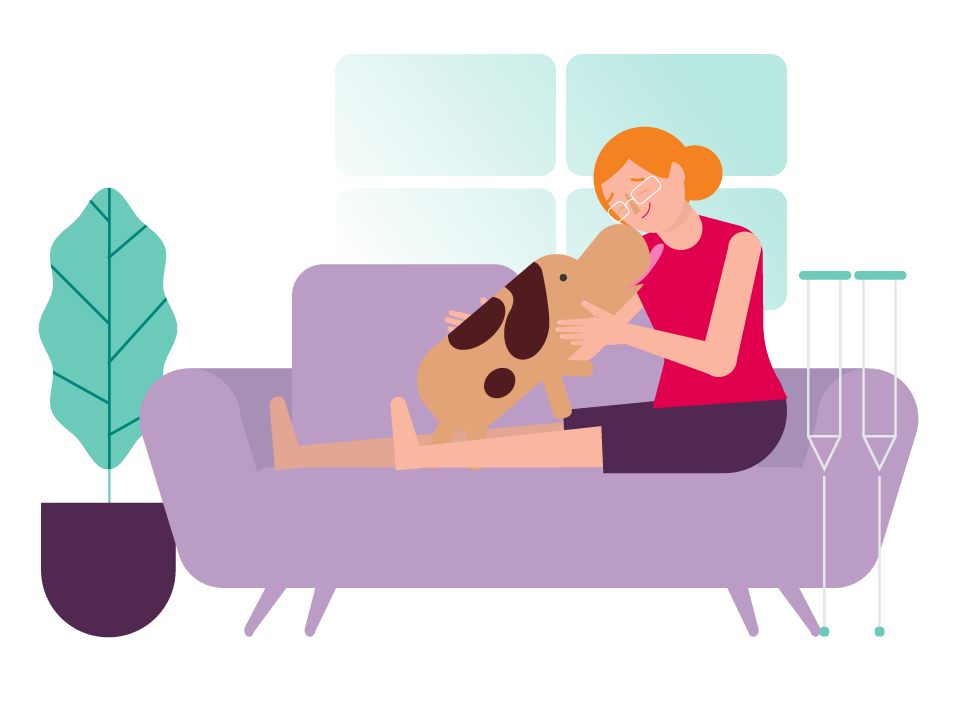Non-cancerous
There are numerous kinds of non-cancerous skin tumours but there are common types.
Lipoma
Lipomas are made up of fat cells under the skin and are normally round or oval in appearance. Even though they’re harmless and don’t cause pain, they may require surgical removal if they grow.
Keratoses
- Actinic (solar) keratoses – these abnormal lesions are scaly and dry and can be red, brown or skin coloured. They can either be flat or thick in appearance and in some cases become irritated and even bleed. Actinic keratoses generally appear on the skin of older people with a fair complexion and are more prominent in those who’ve had chronic sun exposure.
The areas most affected are the hands and face because they have the most exposure to the ultraviolet light of the sun. Actinic keratosis can be considered pre-malignant because a small percentage can progress to skin cancer if not treated. - Seborrheic keratoses – these are sometimes referred to as age warts, as they generally appear on the skin as you age. They're not related to sun exposure and can appear on young adults too.
Seborrheic keratoses are normally brown or black and start out with a waxy, slightly raised appearance. Over time they can become thicker and look like they’ve been stuck on the skin. Unlike actinic keratoses, these tumours can also appear on skin that hasn’t been exposed to the sun. Even though they can appear suddenly and increase in size rapidly, they're usually benign.
In most cases, there's no reason to remove keratoses unless they grow very large or become troublesome. If removal is required, treatment may include cryosurgery. This is the application of extremely cold liquid called liquid nitrogen. It freezes the tumour and causes it to fall off after a few weeks. Because actinic keratoses can develop into skin cancer, they may be treated with topical chemotherapy, chemical peel, dermabrasion or laser skin resurfacing.
Cancerous
There are many forms of skin cancer including some important types.
Basal cell carcinoma
Sometimes classified as non-melanoma skin cancer, basal cell carcinomas are the most common of the skin cancers and the least dangerous. They grow slowly and very seldom spread to other parts of the body.
Symptoms may include:
- a pearly lump
- a scaly, dry area that is shiny and pale or bright pink in colour
- a small ulcerated area, that bleeds.
Squamous cell carcinoma
Squamous cell carcinomas look like sores that aren’t healing and can bleed easily or ulcerate. If they're not treated right away, they can grow quickly and spread to other parts of the body. They appear where skin has the most sun exposure (head, neck, hands, forearm and lower legs).
Symptoms may include:
- a lump that is quickly growing and tender to touch
- a sore that isn’t healing
- a thickened, scaly, red spot.
Melanoma
This is the least common form of skin cancer but the most dangerous. Melanomas can begin in mole cells but frequently grow on normal skin as well. Early detection is very important as they grow rapidly and tend to spread (metastasise) to other parts of the body.







